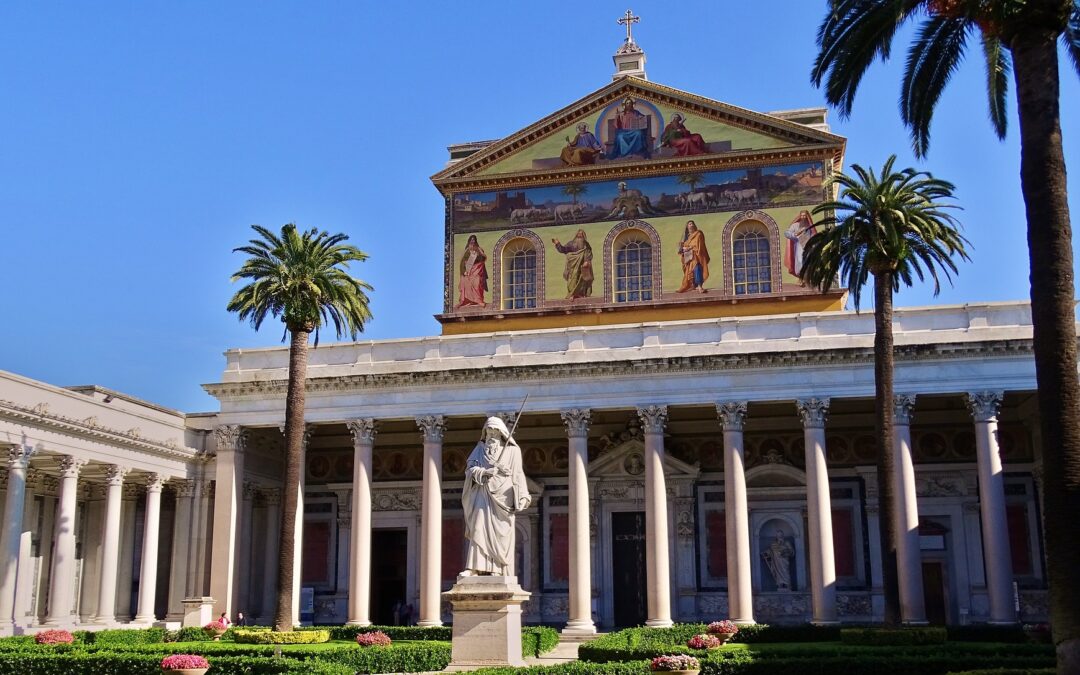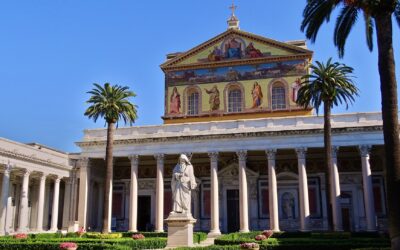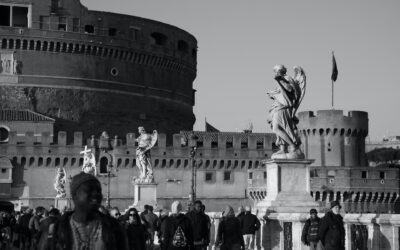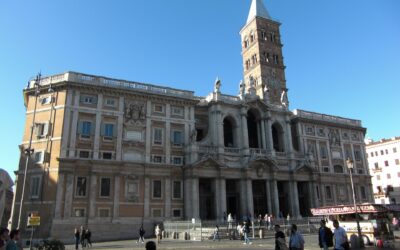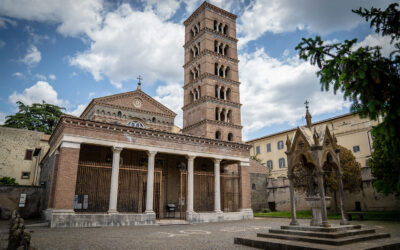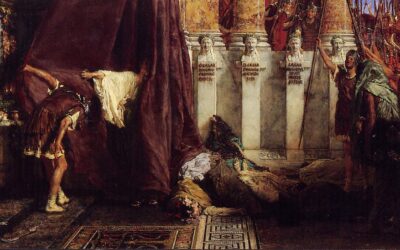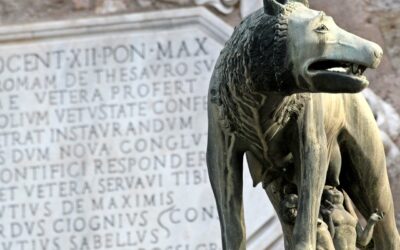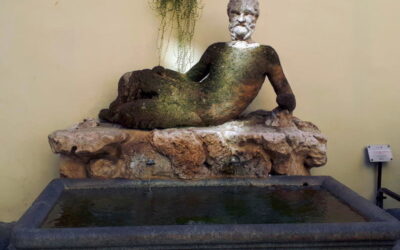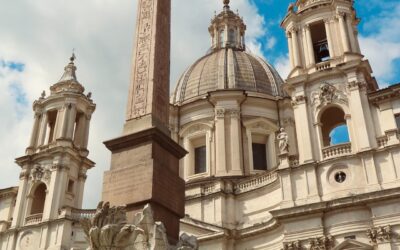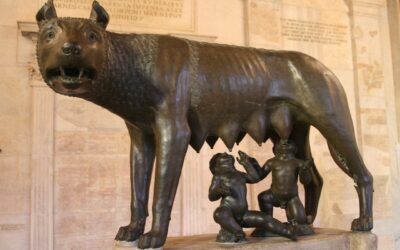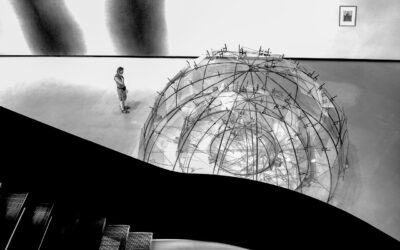Jewish Rome is a captivating blend of ancient history, cultural heritage, and culinary traditions. As one of the oldest continuous Jewish communities in the world, Rome boasts a rich tapestry of Jewish life that spans over two thousand years. In this article, we will explore the Jewish Ghetto, the magnificent Synagogue, and the distinctive flavors of Jewish Roman cuisine. Join us on a journey to discover the deep-rooted Jewish heritage that is an integral part of Rome’s diverse cultural landscape.
1. Jewish Ghetto in Rome
The Jewish Ghetto in Rome has a storied past that dates back to the 16th century. Established in 1555 by Pope Paul IV, it was a walled neighborhood where Jews were required to reside. The Ghetto was a place of both segregation and vibrant community life. Over the centuries, it witnessed a complex interplay of restrictions and resilience.
Today, the Jewish Ghetto stands as a testament to the enduring spirit of the Roman Jewish community. Visitors can explore its narrow streets, visit historical landmarks like the Portico d’Ottavia, and immerse themselves in the neighborhood’s unique atmosphere. The Ghetto also houses Jewish shops, restaurants, and the Jewish Museum of Rome, which provide further insights into the community’s history and traditions.
2. The Great Synagogue of Rome
A visit to the Great Synagogue of Rome is an awe-inspiring experience that showcases the grandeur of Jewish religious architecture. Built in the early 20th century, this majestic structure combines elements of Moorish, Byzantine, and Romanesque styles. Its impressive dome and towering bronze doors make it a striking presence in the city.
Inside the Synagogue, visitors are treated to a rich display of artistic treasures and sacred objects. The synagogue also houses the Jewish Museum of Rome, offering a comprehensive overview of the community’s history, religious practices, and contributions to Roman society. The Synagogue serves as a vibrant center for worship, cultural events, and educational programs, fostering a sense of unity among the Roman Jewish community.
3. Jewish Roman Cuisine
Jewish Roman cuisine is a fascinating amalgamation of diverse influences, blending traditional Jewish dietary laws (kashrut) with local Roman ingredients and culinary techniques. The kosher food culture of Rome has resulted in a unique array of dishes that reflect the community’s history and geographical surroundings.
One iconic Jewish Roman dish is Carciofi alla Giudia (Jewish-style artichokes), which originated in the Ghetto. These crispy, deep-fried artichokes have become a beloved symbol of Roman Jewish cuisine. Other popular dishes include concia di zucchine (marinated zucchini), cacio e pepe ebreo (Jewish-style cheese and pepper pasta), and filetti di baccalà (fried cod fillets). These flavorful recipes have been passed down through generations, preserving the culinary heritage of Jewish Rome.
4. Preservation of Jewish Heritage
Preserving Jewish heritage and culture is of utmost importance in Rome. Organizations like the Jewish Community of Rome and the Jewish Museum of Rome play a pivotal role in safeguarding and promoting the community’s historical legacy. They offer educational programs, guided tours, and cultural events that help visitors and locals alike gain a deeper understanding of Jewish Rome.
The Jewish Community of Rome also celebrates festivals such as Hanukkah, Passover, and Rosh Hashanah, which bring the community together to uphold their traditions and share their joy with others. These festivities provide an opportunity for visitors to witness the vibrant spirit of Jewish Rome firsthand.
Jewish Rome is a captivating destination that offers a unique blend of history, spirituality, and culinary delights. Exploring the Jewish Ghetto, admiring the Great Synagogue, and savoring the distinctive flavors of Jewish Roman cuisine provide invaluable insights into the enduring cultural heritage of this ancient community. By immersing ourselves in the traditions, stories, and flavors of Jewish Rome, we honor and appreciate the richness of this vibrant civilization.




